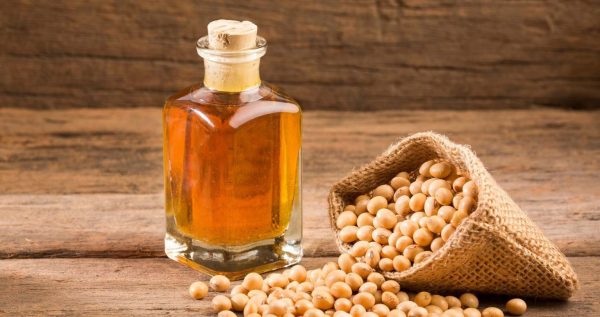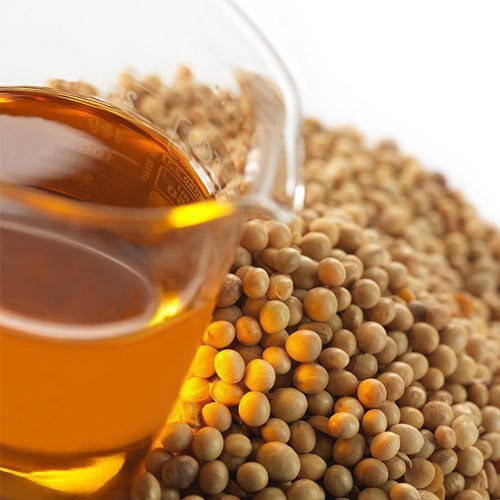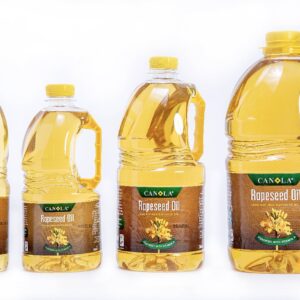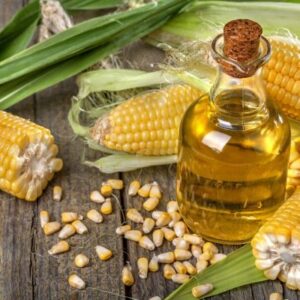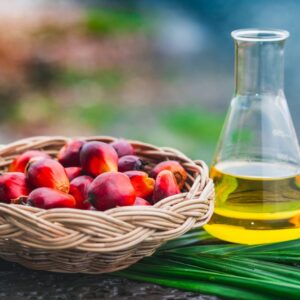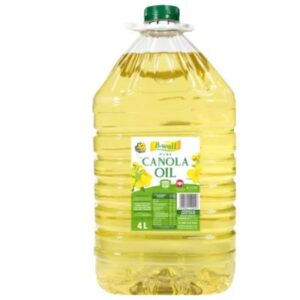Crude Degummed Soybean Oil (CDSO) is pure but inedible soybean oil produced from fair to average quality crude soybeans. Crude Degummed Soybean Oil is produced from soybeans. The color of Crude Soybean oil is yellow to lightly red. The odor, texture and flavor of crude degummed soybean oil are pleasant. Crude degummed soybean oil is produced from controlled NON–GMO soybeans (< 0.9%). The soybeans are cracked, adjusted for moisture content, heated to between 60 ºC to 88 °C (140–190 °F), rolled into flakes and solvent–extracted with hexanes. The majority of the free fatty acids and gums naturally present in soybeans are removed by hydration and mechanical or physical separation. Most of the free fatty acids and gums naturally present in soybeans are removed by mechanical, physical or sometimes chemical separation. The oil is then degummed for applications or consumption. They provide the body with the essential fatty acids, fat soluble vitamins. They are an important source of energy and serve as one of the major components of cell walls. Physiologically, they stimulate appetite and secretion of digestive enzymes by providing pleasant flavor, odor and texture to the foods, and they enhance the feeling of satiety. In animal feed soybean oil is energizer. Crude soybean oil in pharmaceutical industry is used for fermentation process for antibiotics. Crude degummed soybean oil is used in lesser extent in production of paints and varnishes, fatty acids, resins, plastics and it is also recommended as a dust controller in silos and transport elements for cereals and oil bearing materials. The oil is then degummed for applications or consumption. This soybean oil can be used in thousands of different applications such as cooking, frying foods, margarine, salad dressings and mayonnaises, baked breads, crackers, cakes, cookies, pies and others.
Soybeans are grown in many countries around the world, and serve as an excellent source of oil and protein for human and animal consumption. Production of soybeans has been steadily increasing during the past 20 years due to increasing demand for soybean for use. However, the increase in soybean production has also led to an increase in soybean oil production for use in human foods and animal feed, with over 11 million tons of soybean oil. Similarly, global production of vegetable oils has increased dramatically during the past 20 years. Palm oil is the predominant oil produced worldwide, and represents about 35% of total production, followed by soybean oil (26%), rapeseed or canola oil (15%), and sunflower oil (9%). The remaining 15% of global vegetable oil production includes palm kernel oil, cottonseed oil, peanut oil, coconut oil, olive oil, and corn oil. In addition, the oilseed industry also produces lecithin, soap stock, acid oils, and fatty acid distillates which are also used directly or through further processing and blending with other lipids in animal feeds. In addition, by–products from the food industry such as restaurant grease, dried fats, mono – and diglycerides, and emulsifiers are also used as energy sources in animal feeds but to a lesser extent than vegetable oils. The production and use of animal fats for use in animal feeds has also increased over time, but less than for vegetable oils. Common animal fats used in the feed industry include edible and inedible tallow, yellow grease (19%), lard and choice white grease (12%), and poultry fat. Lastly, animal fats are often blended with vegetable oils to produce various animal–vegetable blends that are also used as energy source in livestock and poultry feeds. Soybean oil is the most widely used and extensively research lipid source around the world. Although soybean oil is produced primarily for human consumption, large quantities of crude, degummed soybean oil is produced for use in domestic and export market. Canada and Latin America represent 61% of total soybean oil exports. Soybean oil has become a preferred lipid source for use in diets because it is produced in large quantities annually to ensure a consistent, abundant supply. Soybean oil also contains more metabolizable energy than other commonly used lipid sources and its quality and composition is more consistent than most other oils in the market.
Production of Soybean Oil:
Soybeans are both nutritionally and economically important oilseeds because they contain a high amount of protein (48%) and oil (21%). Soybean processing results in the production of about 5.0 Kg. of crude oil, 20.1 Kg. of soybean meal, and about 1.5 Kg. of soybean hulls from each bushel (27.2/Kg.) processed. Soybean oil can be extracted by using either mechanical or solvent extraction processes. Mechanical oil extraction involves the use of expellers, which are continuous screw–presses that are electrically powered. In contrast, solvent extraction is the most common method used to produce soybean oil, representing over 98% of soybeans processed. However, solvent extraction it requires more capital investment and larger scale facilities than expellers. Typically, soybean solvent extraction facilities are capable of processing 2,500 to 5,000 tons of soybeans per day. Therefore, it is important to understand the solvent extraction process in the production of crude degummed soybean oil.

